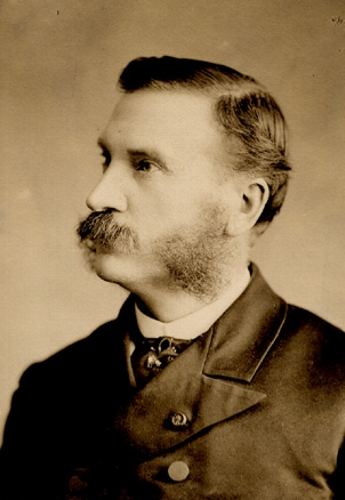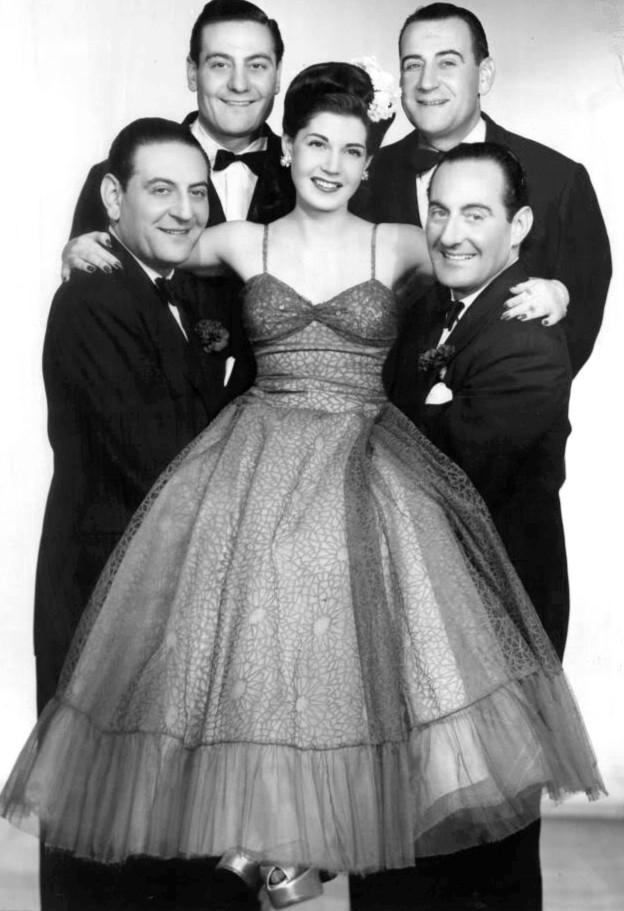
Music & Beyond Looks at 150 Years of Canadian Music
 Ottawa Life’s Festival City Series is back! We'll provide a unique look at some of your favourite events.
Ottawa Life’s Festival City Series is back! We'll provide a unique look at some of your favourite events.
We’ll go beyond the music with artist interviews, volunteer profiles, concert reviews and spotlights on
the tastes, sights and sounds of the festival season.
Your city! Your festivals and events!
Like a good sunscreen, Ottawa Life has you covered.
Music & Beyond, Ottawa’s annual classical music and arts festival, kicked off this week and this year they’ll be introducing a very special piece of programming to their roster. In celebration of Canada 150, Music & Beyond presents “150 Years of Music in Canada,” a series of five concerts showcasing Canadian music from the era of Confederation up to now. In honour of this, we decided to take our own look at just a few of the many notable music moments throughout Canada’s history.
 1867 – 1896: The Rise of Songwriting and Birth of “O Canada”
1867 – 1896: The Rise of Songwriting and Birth of “O Canada”
During this period many middle-class people owned pianos and had some type of music education, so songwriting was a popular means of creativity and self-expression. It was commonplace for songs to be written as social commentary–in response to newsworthy events and politics. Notable moments include the release of the 1876 song “One Sweetly Solemn Thought,” written by Hamilton-based musician Robert S. Ambrose, which went on to become one of the most popular songs of the 19th century. Most notable however, was the publication of “O Canada” in 1880, composed and written by French-Canadians Calixa Lavallée and Adolphe-Basile Routhier respectively, which would eventually become the national anthem.
 1897 – 1926: The Phonograph and Recorded Music
1897 – 1926: The Phonograph and Recorded Music
The phonograph, the first sound-recording device, was introduced in the late 19th century and marked a big change in music. Records, as opposed to sheet music, became the main way music was consumed. Before Canada’s own recording industry took off, most Canadian-composed pieces were recorded by British or American musicians. A notable example is musician Robert Nathaniel Dett, who was one of the first Black Canadians to be part of the American Society of Composers, Authors and Publishers, which was formed in 1914. Dett’s compositions were renowned for fusing African-American folk with classical styles and his work was often performed by the New York Syncopated Orchestra.

1927 – 1956: The Great Depression and the Radio
Canada’s Great Depression, which lasted throughout the 1930s, had many people looking to music as a means of escape from financial stress. Therefore, upbeat jazz was the most popular genre. Jazz was mostly imported from America, but The Royal Canadians, an easy-listening jazz band from London, Ontario, soon became the first Canadian act to hit #1 on the Billboard charts with their 1927 hit “Charmaine.” This era also marked the rise of radio, with the national public radio network CBC being established in 1936. As a result of radio, musicians gained more exposure than ever, giving rise to Canada’s first “superstars” in the 1940s and 50s such as country legend Hank Snow.
 1957 – 1987: 20th Century Icons and MuchMusic
1957 – 1987: 20th Century Icons and MuchMusic
Many of Canada’s most iconic singer-songwriters rose to fame in the 1960s as they re-located to America to further expand their careers. This includes legends like Neil Young, Joni Mitchell and the late Leonard Cohen to name just a few–all of who have been inducted into the Canadian Music Hall of Fame, with Young and Mitchell also having been inducted into the Rock and Roll Hall of Fame. In the latter part of this era, in 1984, MuchMusic was established. Having a whole TV network focused on music further enabled Canadian artists to flourish, particularly the country’s hip-hop scene. Also important to note, in 1980, 100 years after it was written, “O Canada” was officially declared the country’s national anthem.
 1987 – 2017: Canada’s Takeover
1987 – 2017: Canada’s Takeover
The late 1980s through the 1990s was a time for the ladies! Canadian icons Celine Dion, Shania Twain and Alanis Morissette took the music industry by storm during this era and became some of the top-selling female artists of all time. This Canadian wave of success continued with acts like Avril Lavigne and Simple Plan hitting huge with youth all over the world in the early 2000s. Today, global sensations Drake, Justin Bieber, The Weeknd and newcomer Alessia Cara are at the very forefront of the music industry and breaking numerous chart records.

Hopefully some of these notable musical moments will show up in Music & Beyond’s upcoming tribute series! The concerts take place on July 6th, 8th, 11th, 13th and 15th respectively. For more information, and to purchase tickets, visit the Music & Beyond website










